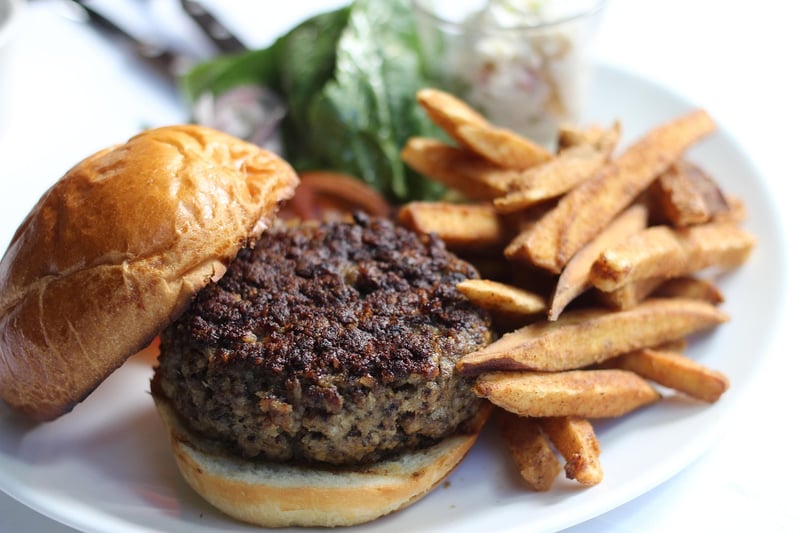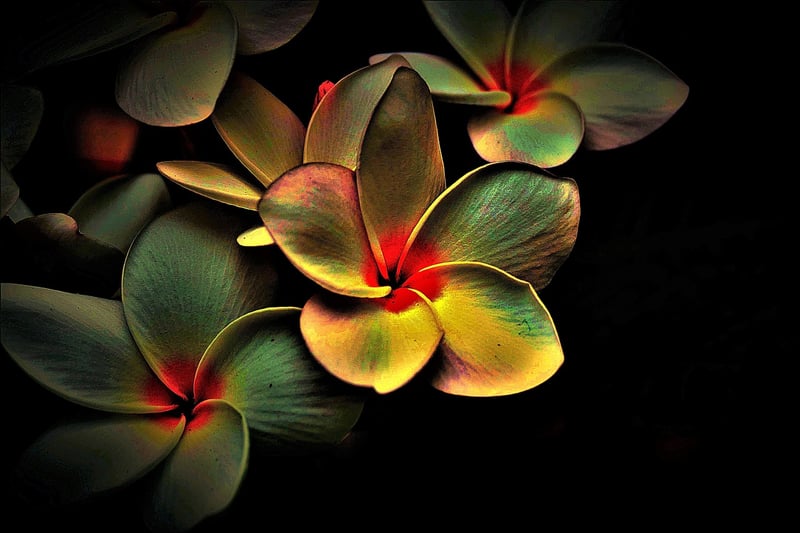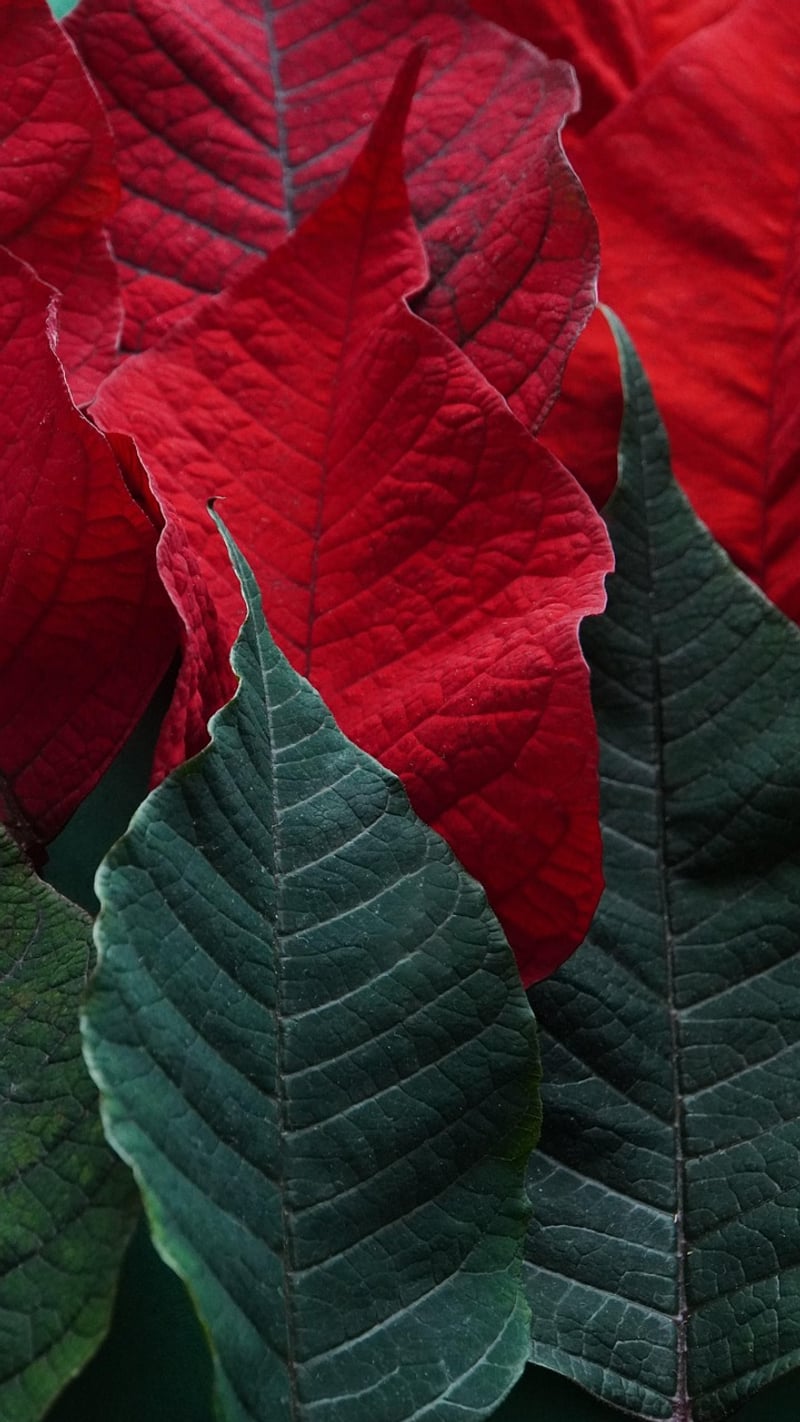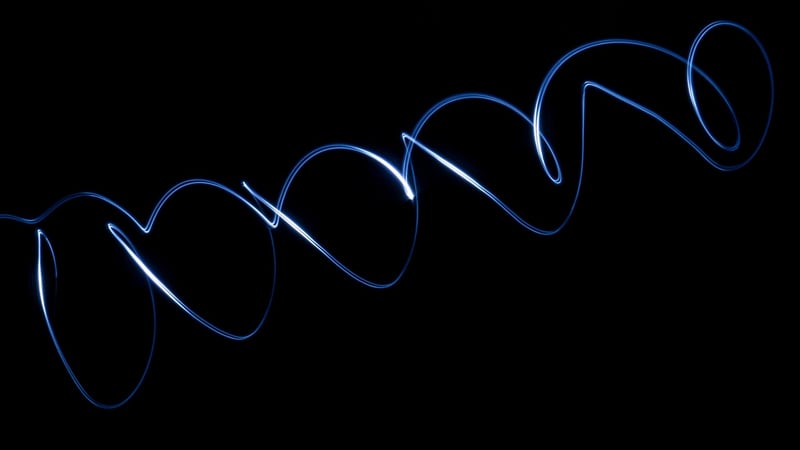Lighting Techniques
Capture Delicious Moments with Professional Lighting Techniques

Food photography is an art that requires attention to detail, creativity, and the right lighting techniques to truly capture the essence of delicious dishes. Whether you are a food blogger, a restaurant owner, or simply enjoy sharing your culinary creations on social media, mastering the art of lighting can take your food photos to the next level.
1. Natural Light is Key
When it comes to food photography, natural light is your best friend. Try to position your dish near a window where soft, diffused light can illuminate the food evenly. Avoid harsh sunlight as it can create strong shadows and wash out the colors of your dish.
2. Use Reflectors and Diffusers
Reflectors and diffusers are essential tools for manipulating natural light. A white foam board can bounce light onto the shadow side of your dish, while a diffuser can soften harsh light to create a more flattering look.

3. Experiment with Artificial Lighting
While natural light is preferred, artificial lighting can also be used effectively in food photography. Softbox lights or LED panels can mimic natural light and provide consistent lighting for your photos.
4. Play with Shadows and Highlights
Shadows and highlights can add depth and dimension to your food photos. Experiment with different angles and lighting setups to create interesting shadows and highlights that enhance the texture and shape of your dish.
5. Consider the Background
The background of your food photos can make or break the shot. Use simple, neutral backgrounds that complement the colors of your dish without distracting from the main subject. Wooden boards, marble countertops, and textured fabrics are popular choices for food photography backgrounds.

By incorporating these professional lighting techniques into your food photography workflow, you can elevate your images and capture delicious moments that will leave your audience craving more.
Remember, practice makes perfect, so don't be afraid to experiment and find what works best for your unique style and culinary creations.
Happy shooting!
